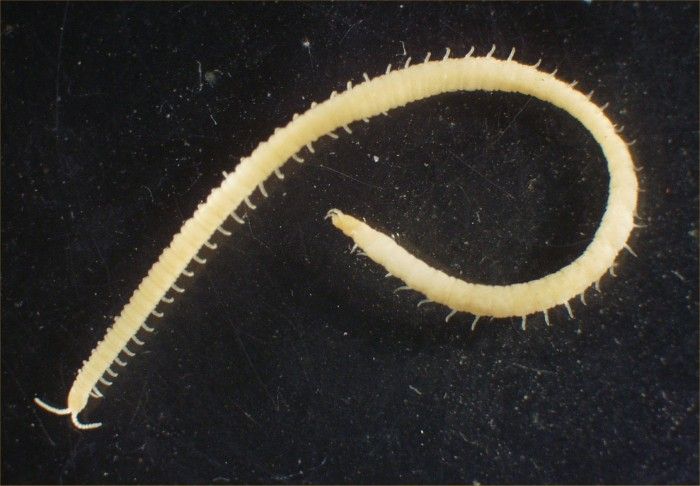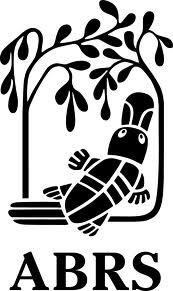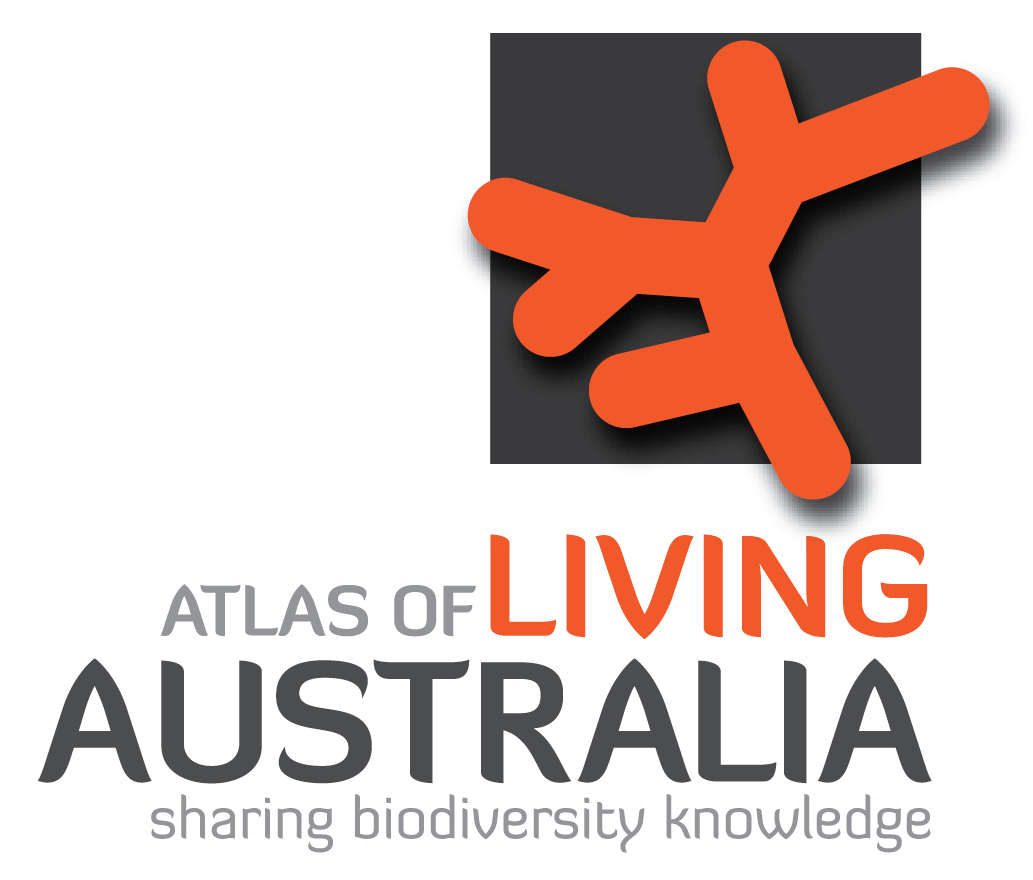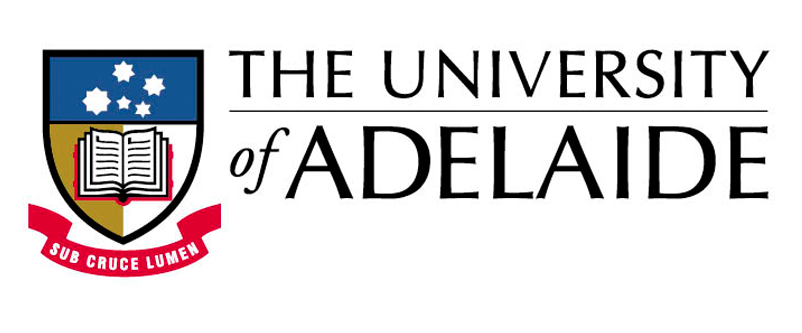Phylum Arthropoda
Subphylum Myriapoda
Class Chilopoda
Order Geophilomorpha
Common names: geophilomorphs, soil centipedes, earthlovers
Overview
The Geophilomorpha are the most derived group of centipedes. They are extremely elongated and usually quite pale in colour with a yellowish tan head. These centipedes are commonly known as soil centipedes or earthlovers due to their burrowing activity and habitat preferences. They are the only centipedes not adapted for speed and instead burrow slowly in the substrate. They vary greatly in size, from around 5 to 200 mm in length; some are thin and fragile while others are broad and ribbon-like. The body consists of 33 or more segments and there are always an odd number of leg pairs ranging from 27 to 191 pairs. The eyes are always absent and the head is usually lenticular or elongated and rectangular in shape. The antennae are filiform with 14 segments and there are two sensory pits are located on the last segment. Members of this order lack T�m�sv�ry organs. The anterior part of the body narrows posteriorly and bears stout legs, which are used for widening the burrow. The narrow oesophagus occupies the anterior third of the body, thus limiting the mid gut, which contains the bulkier masses of food material, to the posterior region, and allowing the animal to burrow without undigested food causing it to get stuck. A further adaptation that facilitates locomotion is the central positioning of the head, oesophagus and nerve cord. Geophilomorphs are the only centipedes in which all tergites are the same length. The final pair of legs, which have been modified into �posterior antennae', have an enlarged coxopleural segment that contains many different pores, and usually lacks a tarsal claw. The cephalic plate, covering the square to rectangular head, is small, allowing much of the maxillipedes to be seen from above.
Distribution and diversity
Geophilomorpha occur natively on all the inhabited continents and some species have been introduced onto oceanic islands. They range from sea level to high elevations in the Andes and Himalaya Mountains. This is the most diverse centipede group with 14 families, 180 genera, and around 1,200 described species out of an estimated global fauna of around 4,000 species. There are currently 44 geophilomorphs in six families and 18 genera described from Australia.
Life cycle
A short period of mutual head tapping with the antennae precedes the male spinning several silken threads onto which a droplet of sperm is produced. The female transfers the web and sperm to her genital opening. Eggs are laid in soil or leaf litter, and the female guards her clutch of eggs. Geophilomorphs have epimorphic development, where the juveniles hatch with a full complement of legs and body segments and reproductive maturity is attained after several moults.
Feeding
Geophilomorphs are predatory, and are known to attack small arthropods, as well as earthworms and snails. Earthworms provide the bulk of the diet, since geophilomorphs burrow through the soil and earthworm bodies are easily pierced by their poison claws. Observations suggest that Geophilomorphs cannot subdue earthworms larger than themselves, and so smaller earthworms may be a substantial proportion of their diet. Geophilomorphs have reduced mouth parts and digest their food externally by chewing the food with the mandibles, secreting digestive juices onto the prey through ducts in the mandibles, and moving the liquid into the mouth with the maxillae. Large or particulate portions are likely to be liquefied and softened with secreted enzymes prior to being sucked up. The mandibles are extremely variable in form and are characteristic for each family, which suggests that they may be specialist feeders.
Ecology
As the name suggests, soil centipedes are found in the soil or in forest litter. They can be quite common and are likely to be an influential component of the soil fauna. However, their role as soil predators is unstudied and they are not recognised as economically significant arthropods. Several species of Tuoba have adapted to living in the littoral zones of sea-shores and foraging in the seaweed along beaches, a difficult environment to adapt to because of high salinity levels.
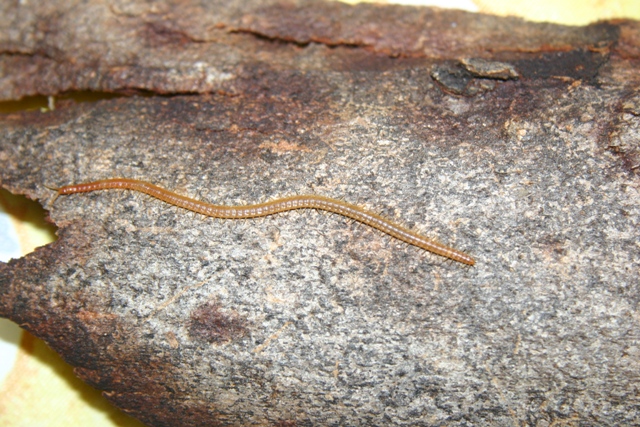
Geophilomorpha
Image credit: Photographer: Mark Harvey
� Western Australian Museum
